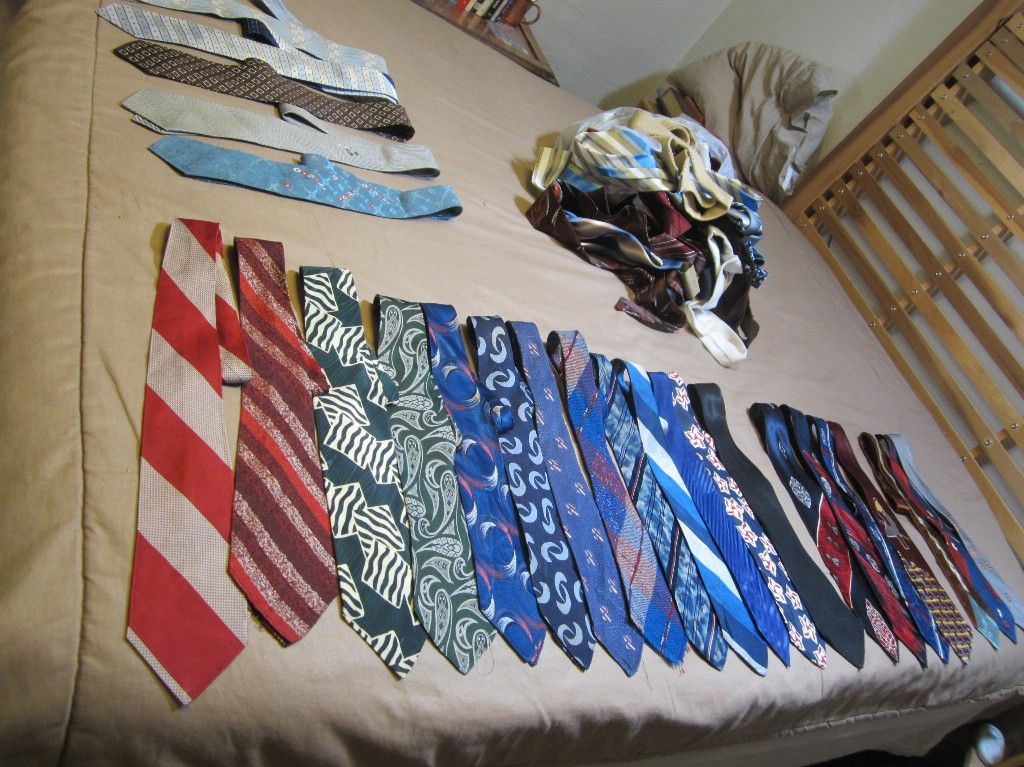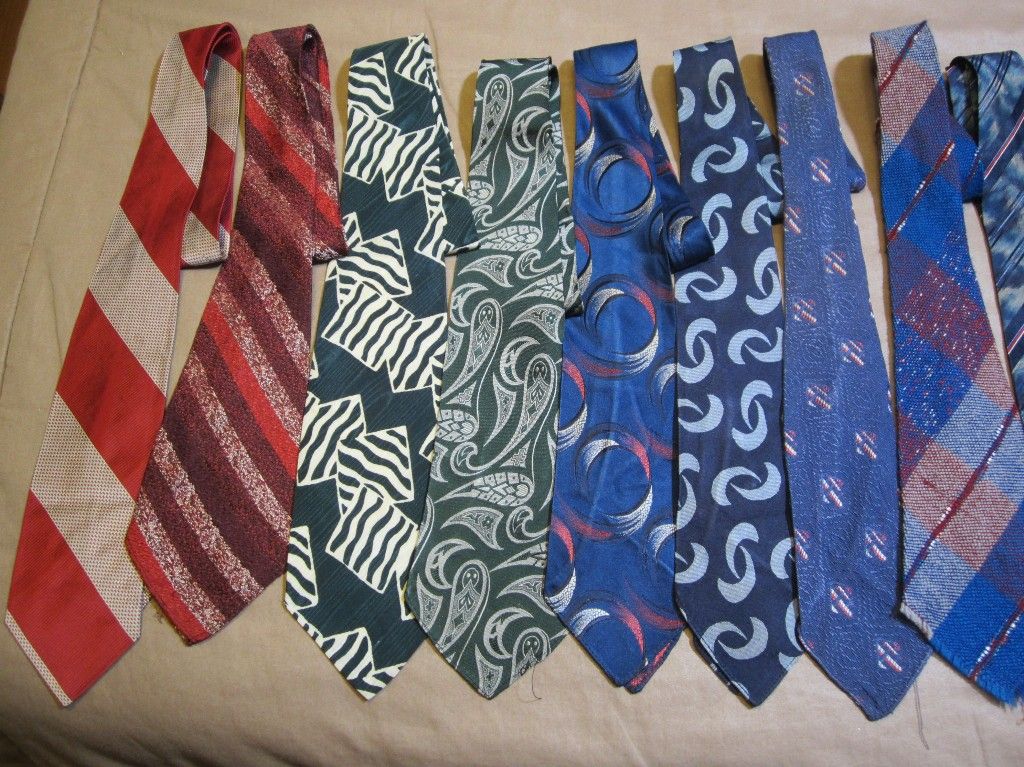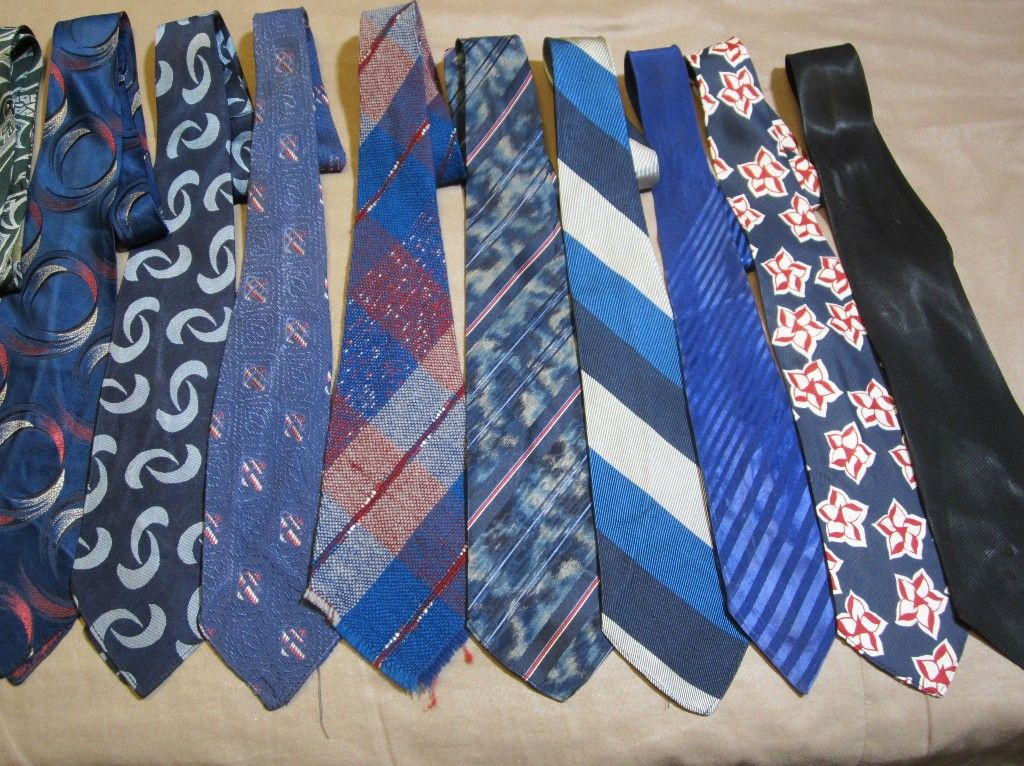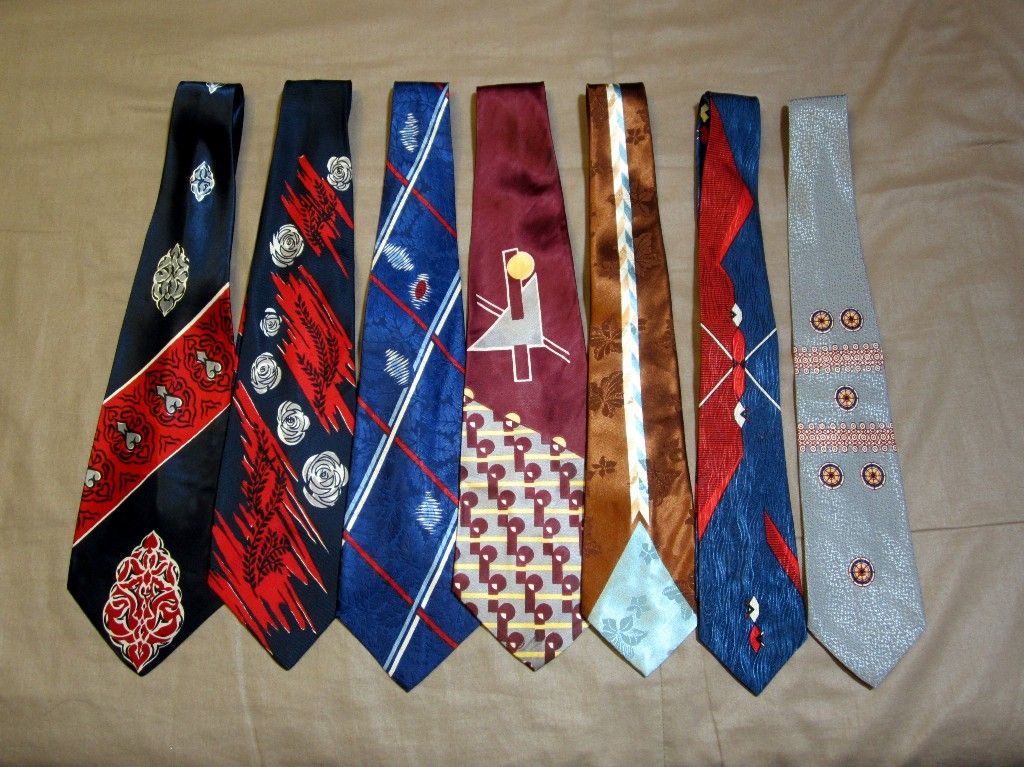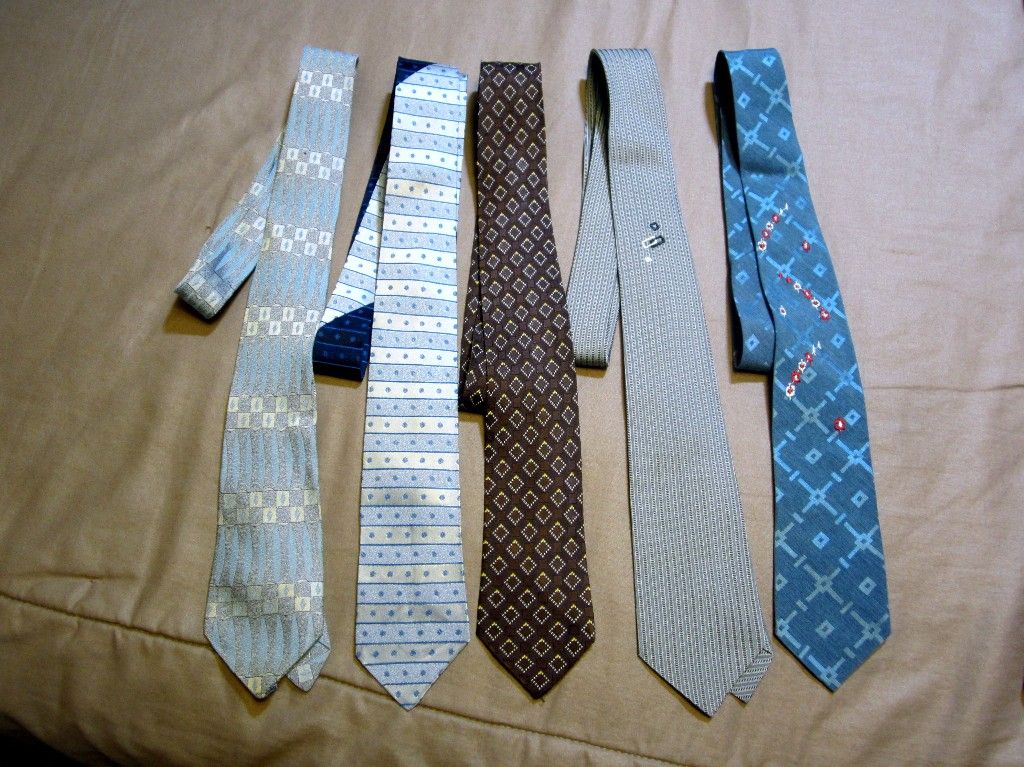- Messages
- 13,635
- Location
- down south
Great stripes Bob and SurfGent.
SG I'm especially feelin' the colors of that Ernst.
Sent from my SM-G900V using Tapatalk
SG I'm especially feelin' the colors of that Ernst.
Sent from my SM-G900V using Tapatalk
